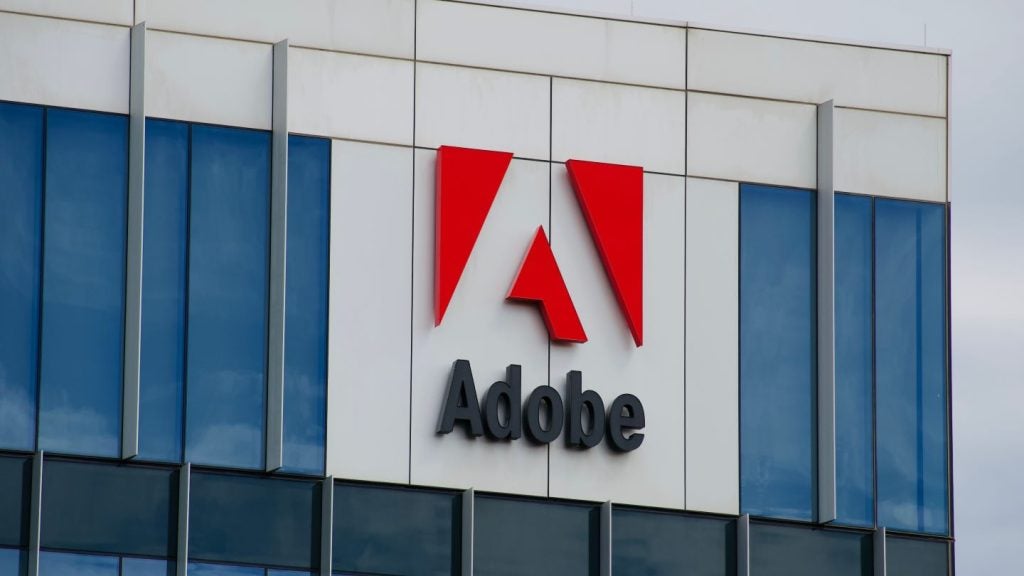New research by Mastercard indicates that the way out of commercial cards’ Covid doldrums is to focus on B2B payments. Mohamed Dabo reports on the card giant’s blueprint for revival.
While the global pandemic has exacerbated trends that were already in motion for commercial cards, it also presents new and shifting opportunities for issuers and payments providers.
Indeed, despite the challenges of Covid-19, the long-term trajectory for commercial cards remains positive.
For now, business air travel, a key driver of overall travel and expenses (T&E) spend, is recovering slower than consumer air travel.
With a full return to previous travel spending still in the offing, the goals for commercial card issuers should be to preserve returns on investments in commercial payments platforms. They should grow B2B-type spend while preparing to capitalise on the return of business travel.
A new research paper by Mastercard’s VP, Global B2B Segment Lead, entitled Commercial Cards and the Path Less Travelled sets out five ways to make this happen.
-
Learn from your heavy B2B spenders
Look to your leading B2B spenders for ideas on how to help laggards. Even a limited set of high-performing benchmark programs can offer guidance on typical and emerging categories of B2B card spend, sizes and types of transactions, and spend-to-turnover ratios.
Talking to decision makers at leading programs can also help you understand their rationale for choice of instrument across different payment types, and these insights can be used to foster conversations with lagging programmes.
This cross-pollination of best practices is particularly effective when comparing leaders and laggards in the same industry or geography. Analysis of heavy B2B users will also reveal where to focus on new sales.
There is tremendous differentiation of use of card payments solutions across different verticals; professional services firms are big users of T&E-type products, while resource and extraction firms tend to be heavy users of both T&E and B2B solutions, and manufacturers tend to favour B2B.
Understanding the variation will help set new sales targets designed to build an optimal portfolio mix.
-
Help your customers expand use of virtual cards and AP payments
Rapidly expanding use of virtual cards for accounts payable (AP) transactions has been a key driver of recent growth of B2B spend.
But how and where to deploy these solutions may not be intuitive for end users. Nearly three-quarters of US organizations that used cards for AP payments in 2018 believed they were not realizing the solution’s full potential, and 7 out of 10 believed that if they were able to do so, they could more than double their current spend.
You can help your customers to drive AP payments growth solutions by educating them about how the solutions deliver value to both buyer and supplier.
Data-driven investigations of their current payment arrangements with suppliers that accept Mastercard—particularly ones with high-volume / low-value spend and frequent exception processing—can reveal ways to fully realize the value of these solutions.
-
Revisit missed 2020 goals to start the conversation about B2B
Conversations with your customers about missed 2020 programme goals can be an opportunity to discuss payment opportunities that may not have been on the agenda before.
Changes in how and where we work have created new needs for digital payments.
Highlighting how leading programs have used B2B payments to adapt to this reality can be a good starting point for setting customer programme goals for 2021 and beyond.
-
Find the buyers among your former travellers
As T&E spend seized up, many former T&E cardholders stopped using their cards for purchasing of any kind.
Active card rates dropped steeply for both B2B and T&E product types in Q2 2020, but B2B products saw a much faster return to prior active rates than T&E products.
This steep and persistent drop in active card rates for T&E was likely the result of organisations starting travel moratoriums in Q2 2020 and repurposing credit lines that funded T&E card programmes.
For issuers more heavily focused on T&E products, this has meant losing not just travel spend, but B2B-type spend on T&E-type cards too—often a significant driver of overall card spend.
Find the Buyers Among Your Former Travellers. By looking at 2020 behaviour of T&E customers with the goal of identifying non-travel related spend, issuers can find opportunities to sell back in payment solutions to meet the new needs of former traveling cardholders.
-
Plan for the journey to travel recovery
Most economists expect pent-up consumer demand to return in mid–late 2021, driving rapid growth that may create a need to travel for business.
For many industries, Covid has necessitated significant supply chain reorganisation; this is also likely to drive a need for travel to meet new suppliers, particularly once borders re-open and vaccination rates rise.
When and how a return to more normal business travel will happen is hard to predict.
Some indications of a return may be found by identifying and monitoring customers in industries most likely to be at the vanguard of a return to travel, such as import reliant manufacturers and professional services.
Recovery plans should anticipate a potential need to rebuild travel programs that have been inactive for a year or more.
Many 2019 travellers will have had their cards suspended or cancelled, and program managers will need help to restart their travel programmes.
If there is a rapid return to business travel, even in a diminished form, this could create a surge of demand for support in areas like onboarding, limit setting and retraining on program management platforms.
Card distribution and activation processes may also become stretched in such circumstances.
Plans for the return of travel should consider the potential need to be onboarding a lot of programmes and cardholders over a short period of time.
For now, little can be done to recapture travel related revenue beyond planning for its eventual return.
The clear alternative is to refocus resources on growing revenue from B2B payments. Mastercard data suggests that even the most travel-heavy portfolios have a significant component of B2B spend.
Now is the time to better understand this side of your business and do what’s needed to grow it.







